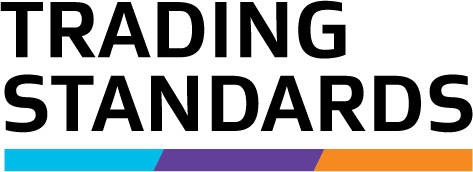Gardening and landscaping
Accepted methods of selling garden and landscape supplies, seller's responsibilities and penalties.
Accepted methods
There are 3 accepted methods of selling garden and landscape supplies:
- by weight or measure — for example, 20 kilograms of cement, 1 cubic metre of bark chip, 20 litres of peat
- by number — for example, 10 railway sleepers, 6 bags of compost
- by description — for example, a scoop, a trailer load, a truckload.
If a product is sold by weight or measure, the vessel and/or equipment that you that you are using to measure the goods must first be approved by Trading Standards as containing the stated volume. (e.g. scoop, bucket, truck and/or trailer).
The sale must also be made in units of the metric system — for example, kilograms, tonnes, cubic metres, litres.
To learn more about having your equipment approved by Trading Standards see Applying for a type approval.
Alert
Statements of weight or measure must be in a form that allows the weight or measure to be accurately verified. A measure of volume description such as "approximately 0.3 cubic metres" is not acceptable.
Net weight or measure
Products sold by weight or measure must be sold by net weight or measure only — that is, only the product is charged for, not the container or wrapping.
Garden and landscape supplies sold or exposed for sale by weight or measure, which are enclosed – for example in a bag, must have a statement of the net weight or measure clearly printed on the bag or on a label attached to the bag.
Seller’s responsibilities
Sellers of garden and landscape supplies have the following responsibilities to purchasers. If goods are:
- sold by measure or volume,
- sold by weight,
- sold by number, the purchaser must receive that number
- sold or exposed for sale at your premises, they must not be less than what is stated
- If a product is sold by measure or volume, the vessel and/or equipment that you that you are using to measure the goods must first be approved by Trading Standards as containing the stated volume. (e.g. scoop, bucket, truck and/or trailer).
- If your goods are delivered loose, in bulk, by weight or measure, you must send or deliver to the purchaser a delivery note or invoice stating the quantity delivered. The invoice or delivery note should also show the:
- date
- name and address of seller
- name and address of purchaser
- description of goods delivered
- cost.
- To learn more about having your equipment approved by Trading Standards see Applying for a type approval.
Penalties for breaching the Weights and Measures Act
Under the Weights and Measures Act, it's an offence to:
- use a false or unjust weight or measure, or a weight or measure that is not approved as required under the Act
- deliver a lesser quantity of goods than purchased where goods were sold by weight, measure, or number.
It may also be an offence to fail to send or deliver an invoice or delivery note stating the quantity delivered to the purchaser.
See Powers, offences and our enforcement strategy for more information on offences and associated fees and fines for breaching the Weights and Measures Act or Regulations.
